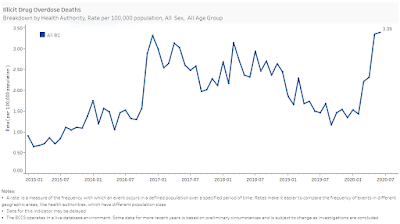Monday was the final Langley City council meeting before the summer break. The next council meeting will be held on September 14th. Council adopted several bylaws on Monday.
This first bylaw adopted amended the definition of “body-rub service” in our currently zoning bylaw. It also updated the zoning bylaw to only permit new body art and tattoo services to be located beyond 400 metres of existing establishments, as well as new vape stores only permitted beyond 400 metres of existing vape stores. You can read more information about this in a previous post.
Council also discharged two land use contracts for 19986 50A Avenue and 19986 50A Avenue.
Council approved an amended to our zoning bylaw, and issued a development permit, to allow a 4-storey, 92-unit rental apartment to be built at 5326, 5334, 5340, 5360 200 Street, and 5321, 5331, 5341, 5361 200A Street. You can read more about this apartment project in a previous post.
Council also approved the purchase of Self-Contained Breathing Apparatuses for the Langley City Fire Rescue Service at a price of $407,996.38.
Council approved a tender to Lafarge Canada Inc in the amount of $516,827.00 to complete the City’s 2020 paving program which includes:
- Paving pathway between Grade Crescent and 48th Avenue
- Paving 62nd Avenue between 200th Street and the Mall entrance
- Paving pathway in City Park
- Installing new raised traffic median on 208th Street at Grade Crescent
- Pavement repairs throughout the City
- Road work on 203rd Street between Douglas Crescent and Fraser Highway
Council also passed a motion from Councillor Albrecht requesting that the federal and provincial governments provide emergency operating funding to protect vital local services including public transportation, public health, and emergency services.
Council received a letter from the lobby group “Clean Energy BC” asking that we support their efforts to keep the “self-sufficiency” requirement in the provincial Clean Energy Act. Council did not act on their request, but some members of council did commit to researching this matter further.











